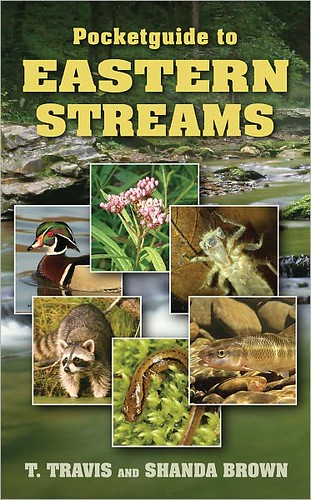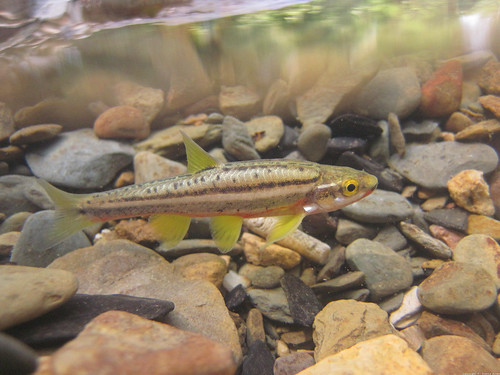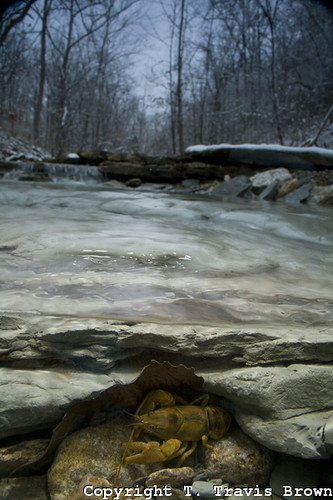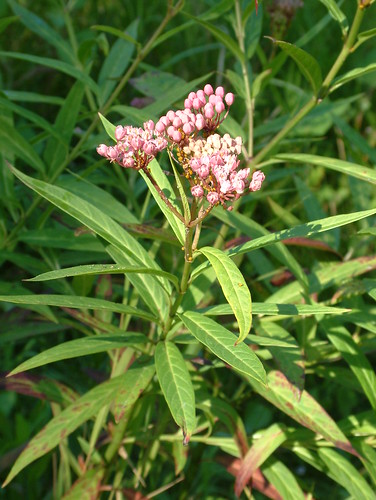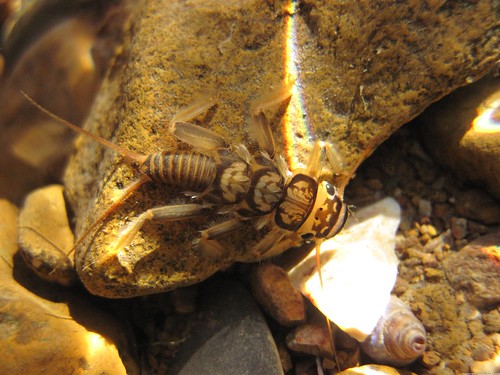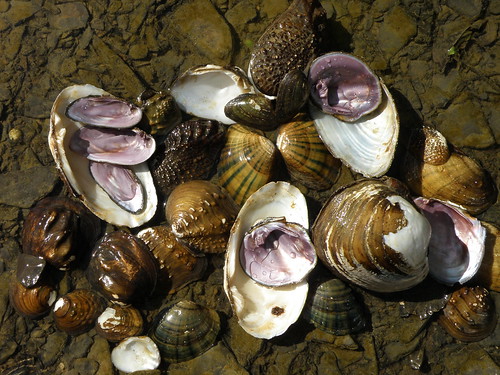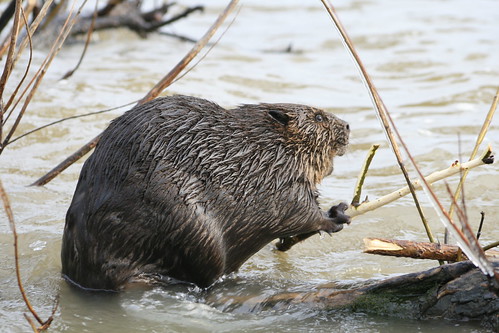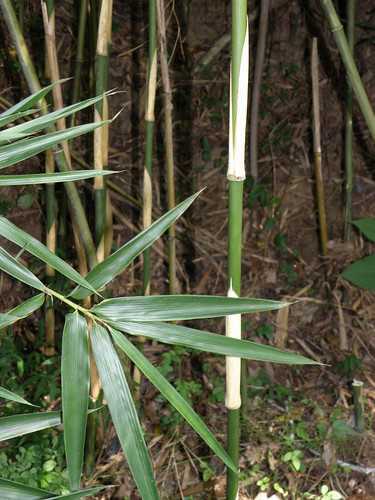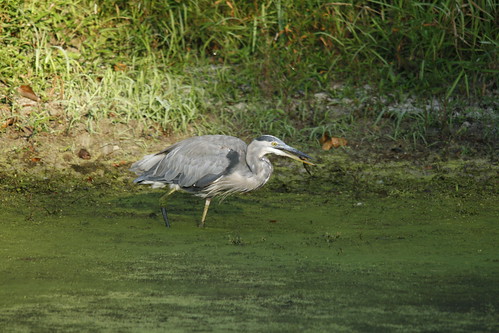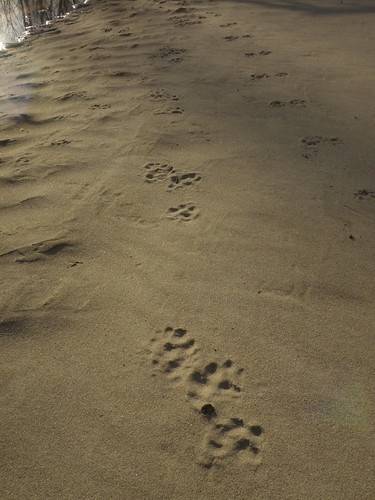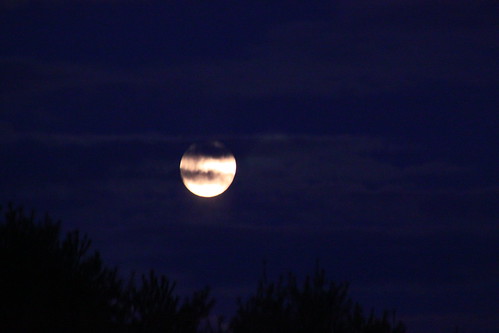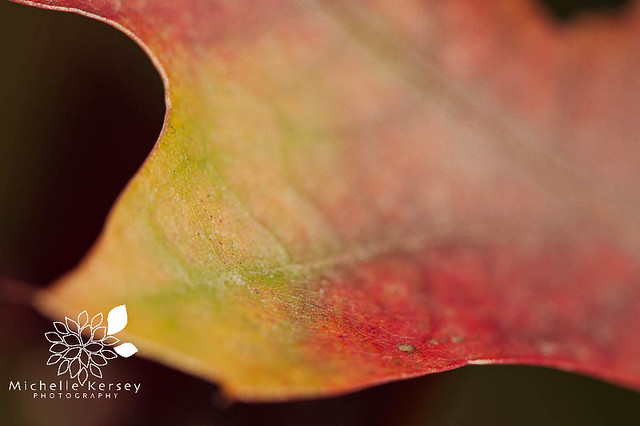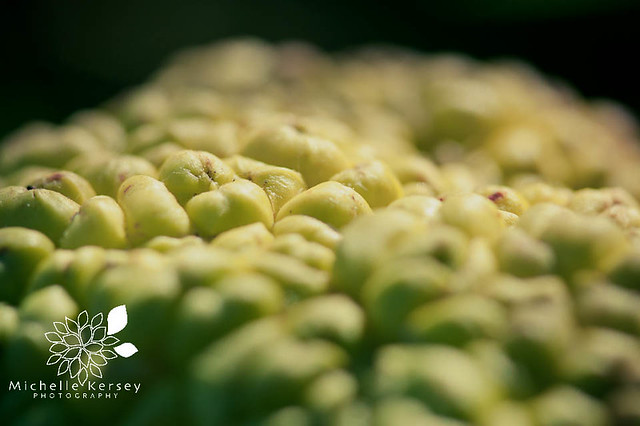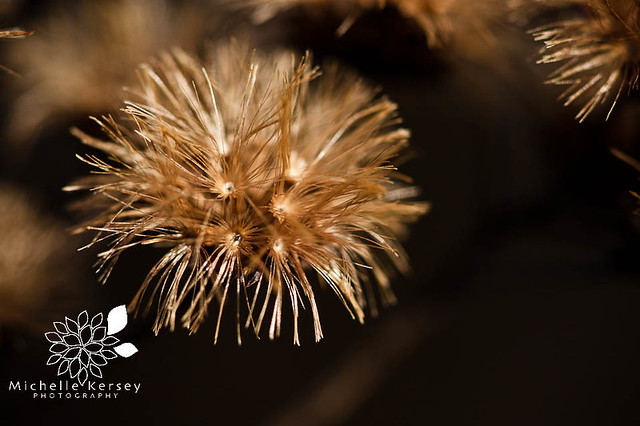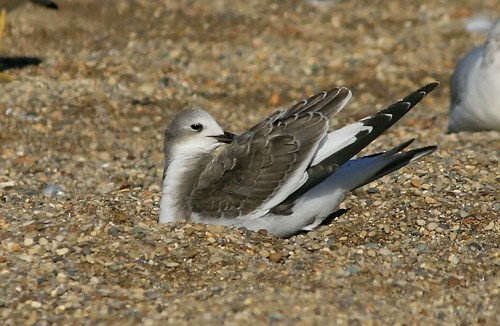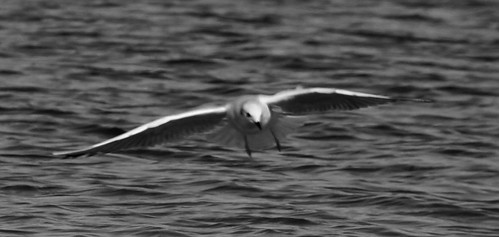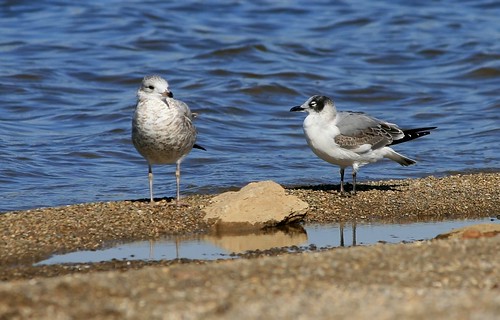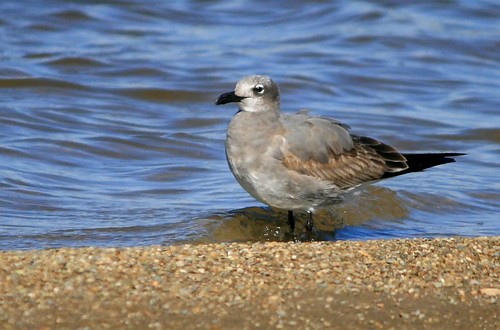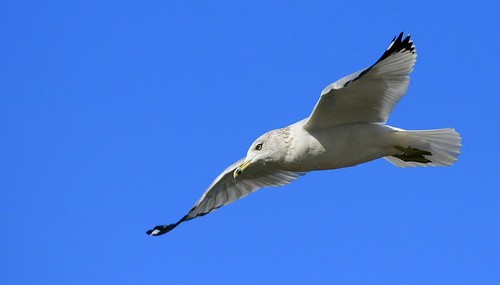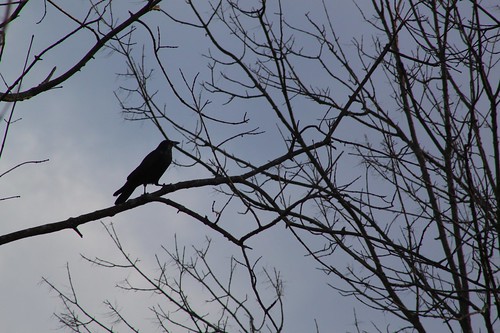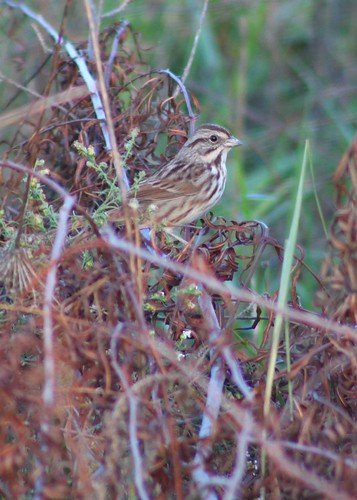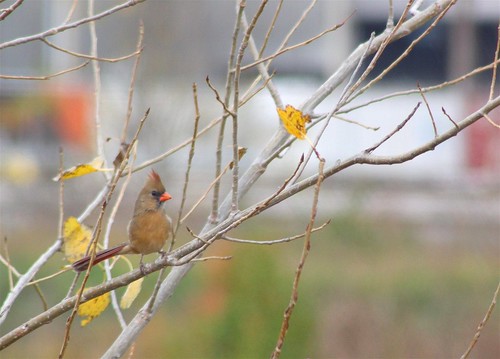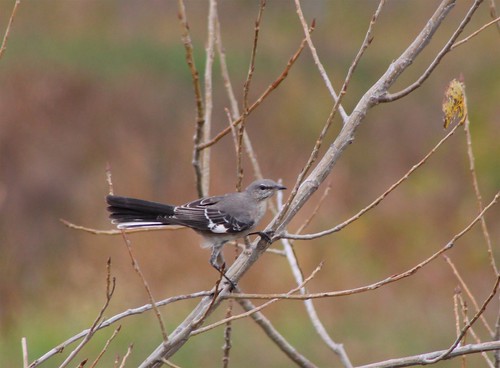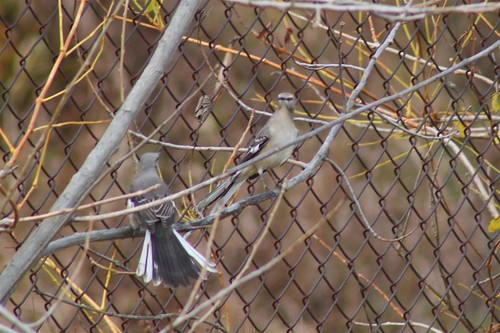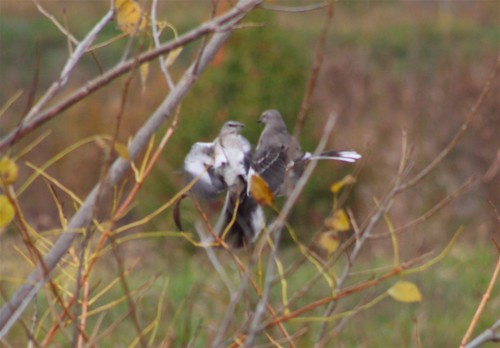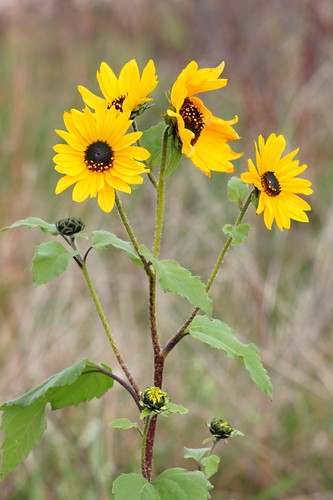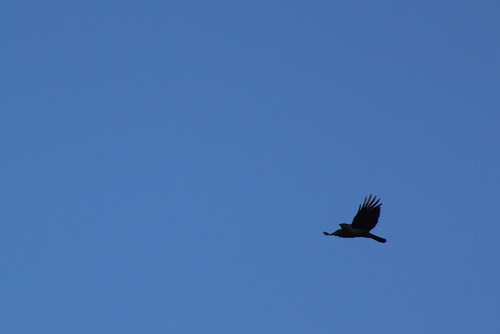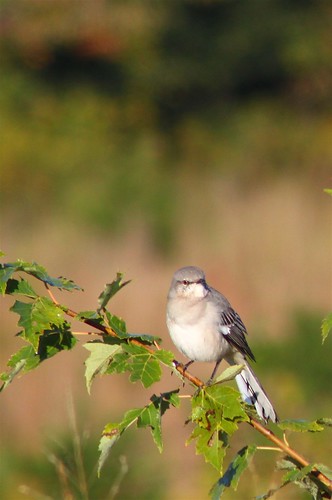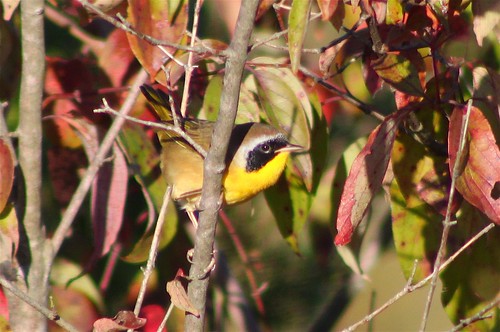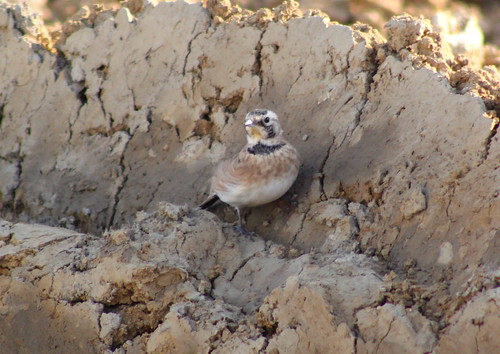A few weeks ago, my husband and I went to Muscatatuck National Wildlife Refuge, near Seymour, Indiana. I had been seeing on flickr that an Eastern Screech Owl had been hanging around for the last few weeks, and I wanted to see this Owl! I haven’t seen many Owls in the wild. I have caught the occasional glimpse and of course I hear them from time to time, but never have I been able to photograph them. We met Jack Bird from Madison and he took us to the Owls' hole. (See his photostream here.) It was pretty exciting! I got a few half way decent shots, but he was too far away to get a perfectly focused shot.
Eastern Screech Owl
While we were watching the Owl my husband saw a very large bird from a distance, so we headed over to the area where he saw it fly to and sure enough it was a Bald Eagle. Wow, within five minutes time, we saw an Owl and a Bald Eagle. It doesn’t get much better than that!
Bald Eagle
Red-tailed Hawks seemed to be the bird of the day at Muscatatuck, as we saw several.
Red-tailed Hawk
Red-tailed Hawk (Juvenile)
This little squirrel hung out long enough for me to snap a few shots, then darted off to go about his business!
Gray Squirrel
After we left Muscatatuck, we headed over to Ewing Bottoms. It’s an area near Brownstown, Indiana, just about 15 miles from Muscatatuck. This is an area full of low farmland, that sits near the White River, so there is a lot of flooding in these fields. Sandhill Cranes use these flooded fields to roost and eat. They stop here during migration in November & December, then again in February & March on their way back north. Usually you can see thousands of Sandhills, and every so often, on a lucky day, a Whooping Crane! I didn’t get to see a Whooping Crane this time, but there were tons of Sandhills!
Sandhill Cranes in the field
Sandhill Crane
Sandhill Cranes
Sandhill Trio



 4:20 PM
4:20 PM



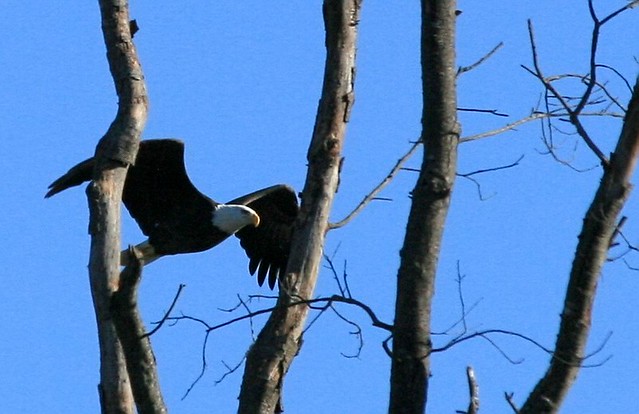
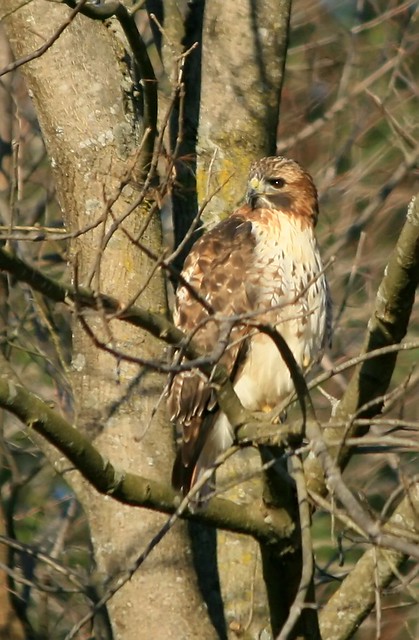


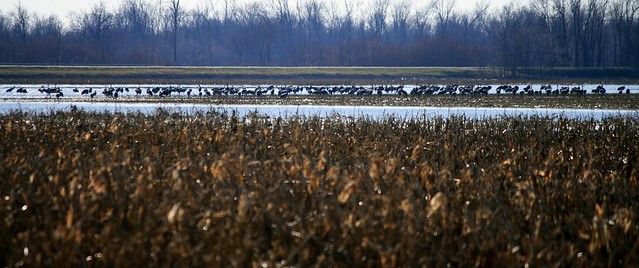
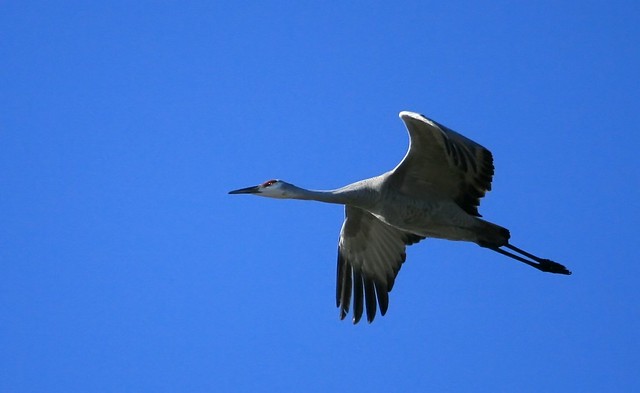


 Posted in:
Posted in: 
